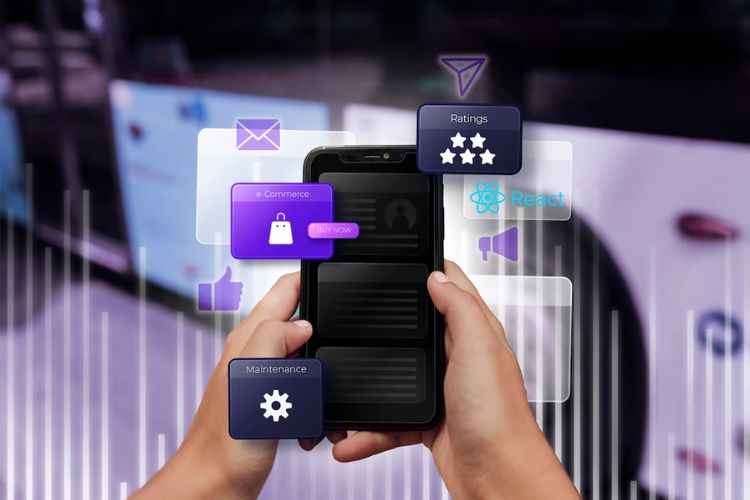The field of medicine has seen a massive evolution in recent years, with technology playing a significant role in this transformation. One such technology, ultrasound, has become a cornerstone in healthcare due to its versatile uses and benefits. This article explores the role of ultrasound in healthcare, its applications, advancements, benefits, and limitations, as well as its potential in the realm of telemedicine.
Understanding Ultrasound Technology
Ultrasound technology, commonly known as ultrasonography, is indeed a medical marvel that has revolutionised the healthcare industry. Through the utilisation of high-frequency sound waves, this ingenious technology enables the creation of detailed images of the body’s internal structures. It’s akin to having a window into the human body, but without the need for invasive procedures or exposure to harmful radiation.
The beauty of ultrasound lies in its simplicity and accessibility. It’s not only safe and affordable but also straightforward to use, making it an invaluable tool in various healthcare settings – from GP clinics to large hospitals. One of the key advantages of ultrasound is its ability to provide real-time images. This means that doctors can view dynamic physiological functions, such as blood flow or heartbeats, as they happen. This real-time visual feedback provides vital insights, assisting doctors in making accurate diagnoses and tailoring effective treatment plans.
But the benefits of ultrasound extend beyond its immediate medical applications. The fact that it is non-invasive and painless significantly reduces patient anxiety and discomfort, making it a preferred choice for many. Plus, the affordability of ultrasound technology ensures that high-quality healthcare is more accessible to a broader range of people, irrespective of their socio-economic status.
Diagnostic Applications of Ultrasound
Ultrasound plays a crucial role in diagnostics. It can detect abnormalities in various body organs, such as the heart, liver, kidneys, and blood vessels. It is also instrumental in obstetrics and gynecology, where it monitors fetal development and identifies potential complications during pregnancy. Further, ultrasound is used in guiding biopsies, where it helps accurately position the needle to collect tissue samples.
Non-Diagnostic Uses of Ultrasound
Beyond diagnostics, ultrasound has therapeutic applications. In physiotherapy, it is used to treat pain and promote healing in soft tissues. Ultrasound can also break down kidney stones, a procedure called lithotripsy. In dermatology, high-intensity focused ultrasound (HIFU) is used for skin tightening and body contouring.
Pediatric and Neonatal Ultrasound
Ultrasound holds particular importance in pediatric and neonatal care. It helps diagnose congenital anomalies, assess organ function, and guide procedures in neonates and children. As it does not involve radiation exposure, it is safer for young patients compared to other imaging methods.
Advancements in Ultrasound Technology
Technology advancements have boosted ultrasound’s capabilities. 3D and 4D ultrasound technologies provide more detailed and dynamic images. Contrast-enhanced ultrasound improves image clarity, while elastography measures tissue stiffness, useful in diagnosing liver diseases and certain cancers. Portable and pocket-sized ultrasound devices are now available, making this technology more accessible.
Benefits and Advantages of Ultrasound
The benefits of ultrasound are numerous. It is non-invasive, painless, and does not expose the patient to radiation. It provides real-time imaging, allowing immediate interpretation and diagnosis. Ultrasound is cost-effective, making it accessible to a larger population. It is also versatile, with applications across various medical fields.
Challenges and Limitations of Ultrasound
Despite its advantages, ultrasound has its limitations. It may not provide clear images for patients with obesity or excessive gas in the intestines. It cannot penetrate bone or air-filled organs, limiting its use in certain assessments. The quality of ultrasound imaging also depends on the skill of the operator, which can lead to variability in results.
Ultrasound in Telemedicine
The rise of telemedicine has seen ultrasound extend its reach further. With portable devices, healthcare providers can capture images remotely and transmit them to specialists for interpretation. This can improve healthcare access in remote areas, underserved communities, and during pandemics when in-person visits are restricted.
Conclusion
Ultrasound in healthcare has revolutionized the way we diagnose and treat various health conditions. Its versatility, safety, and affordability make it an indispensable tool in modern medicine. Despite some limitations, advancements in technology continue to expand its potential. As we move towards more digitalized healthcare, the role of ultrasound will become even more critical, making it a cornerstone of modern medicine.



















































